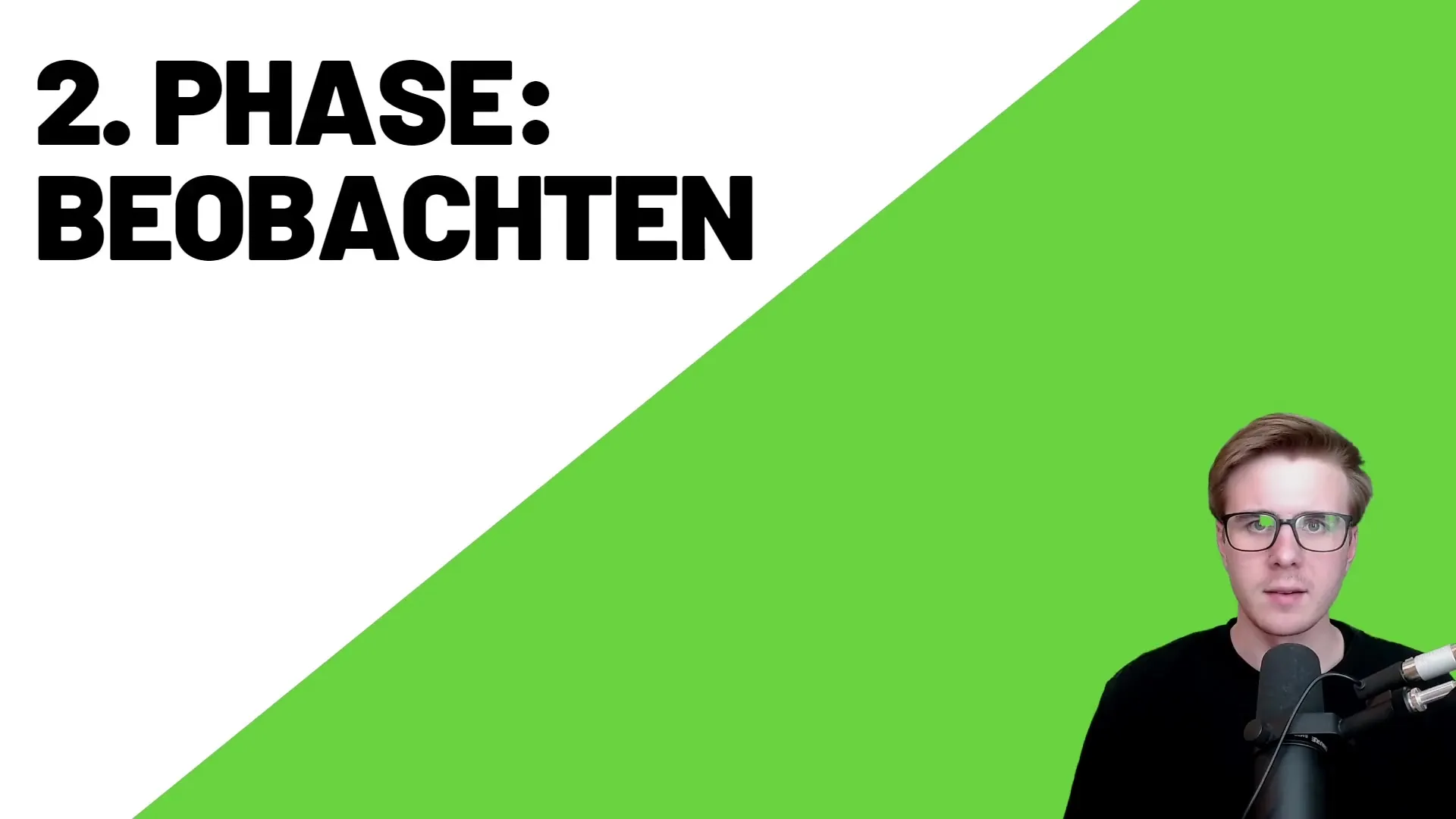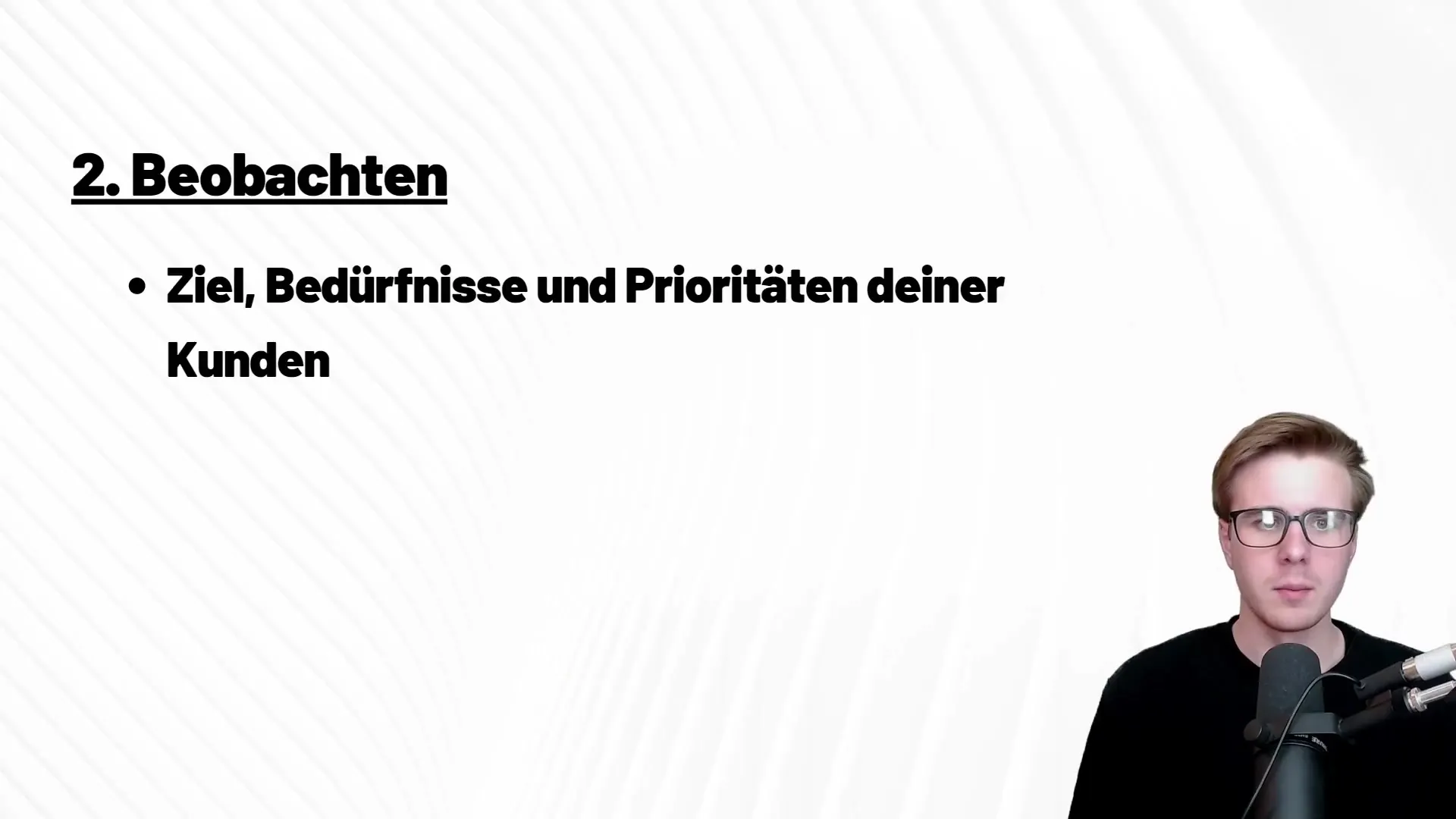The Design Thinking process consists of several phases, and the second phase, Observing, is crucial for the success of your project. Here, the focus is on developing a deep understanding of the needs, priorities, and goals of your customers. In this guide, you will dive into the methods of observation and learn how to gather valuable information to refine your ideas.
Key Insights
- Observe the needs and priorities of your customers purposefully.
- Analyze how customers currently solve their problems.
- Pay attention to considering different priorities of customers.
Step-by-Step Guide
Phase 2: Observing
In the Design Thinking process, the focus in the second phase is specifically on observing the target audience and understanding what needs and priorities are relevant when using your product or service. The following points should be in the foreground:

Start by observing your customers in their natural environment. It is important not to get too close to them in order to capture authentic reactions and behaviors. Analyze their decisions, thought processes, and, most importantly, their priorities.
Focus on specifically identifying how customers currently satisfy their needs. This includes identifying existing solutions they use and evaluating their effectiveness from the perspective of your target audience. What works well? Where is there room for improvement?

When designing a product such as an online store, it is important to observe the different priorities of customers closely. One customer may value fast loading times more, while another may consider the appearance of the site to be crucial. Do not lose sight of the fact that these priorities may vary.
It is crucial that you document exactly what you learn while observing. Keep your observations in writing to be able to refer back to them later. This will help you get a complete picture of the desires and needs of your target audience.
As you progress through the process, you will use the information from your observations to create a persona. This persona represents a fictional but realistic depiction of your ideal customer. Note down the details you gathered while observing to create the most precise profile of the target audience.
An important aspect of observing is reflecting on how your customers currently solve problems. Ask yourself which solutions they have chosen in the past, and check if these actually meet their needs. It can be helpful to follow up and ask probing questions.
Especially in the second phase, it is important to remain flexible and approach observations with an open mind. Only through an objective perspective can you ensure that you capture the genuine needs of your target audience. This understanding will help you develop innovative solutions that truly meet your customers' actual requirements.
Summary
Observation is an indispensable step in the Design Thinking process to fully understand the needs and priorities of customers. By effectively observing, documenting, and starting to develop personas, you lay the groundwork for the subsequent steps in the Design Thinking process.
Frequently Asked Questions
How do I conduct the observation?Observe your customers in their natural environment to capture authentic behaviors and reactions.
Why are priorities important during observation?Different customers have different priorities. Understanding their needs helps you develop solutions that are truly relevant.
How do I document my observations?Record your observations in writing to secure all key points for creating a persona and the next steps in the Design Thinking process.


